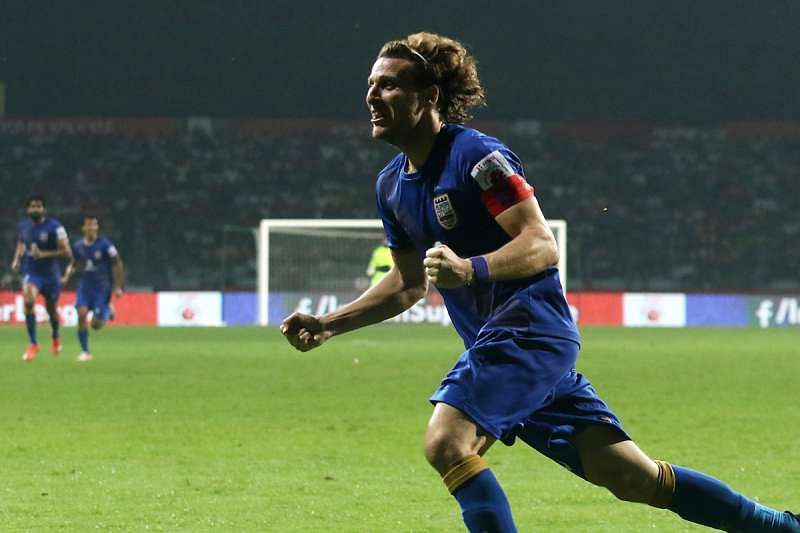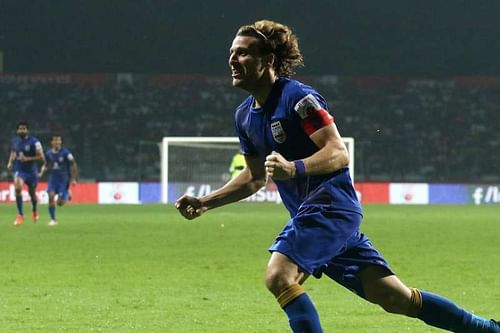
ISL 2016: 5 reasons why ISL 3 is better than ISL 1 or 2
With the recent transformation of the TV coverage market, especially in the sports sector, a lot of previously ignored sports are getting top billing. Kabaddi has successfully permeated the Indian household with the successful World Cup campaign, futsal made its prime time debut on Indian TV this summer and we now have an annual 'football' festival that goes hand in glove with the Indian Premier League.
Also read: ISL 2016: 5 players whose career were rejuvenated by the Indian Super League
The ISL has settled down into a comfortable rhythm and, while there have been criticisms about the commercialization of the game, there is no doubt that football is now a much bigger part of the Indian zeitgeist than it was, even 5 years ago. With that in mind, here are a few reasons why the current season of ISL is better than its previous iterations.
#1 Marquee signings
When the ISL was launched in 2014, understandably, many of the names announced as marquee signings were former legends of the game. Nicolas Anelka, Robert Pires, Alessandro Del Piero featured in varying capacities and there were rumours of Ronaldinho being appealed to as well.
However, these former stars who had retired from the game, did not match up to the understandably tall order of fitness required to compete in the ISL: even though the gameplay was not at the European level, the humidity and frequency of the games made it so that the veterans of the sport were reduced to a peripheral role within their clubs.
This season, a majority of the marquee players have been tested in the subcontinental conditions and are well-poised to make a more vital on-field contribution. Hélder Postiga and Lúcio are continuing marquee players from 2015, John Arne Riise, Didier Zokora and Florent Malouda have played in the ISL previous to being announced as marquee players, and Diego Forlán, Mohamed Sissoko and Aaron Hughes have played in the European top-flight for a variety of clubs for the majority of their careers. At the ages of 37, 31 and 36 respectively they are definitely still able to move about on the field and contribute their wealth of experience to their squads.
